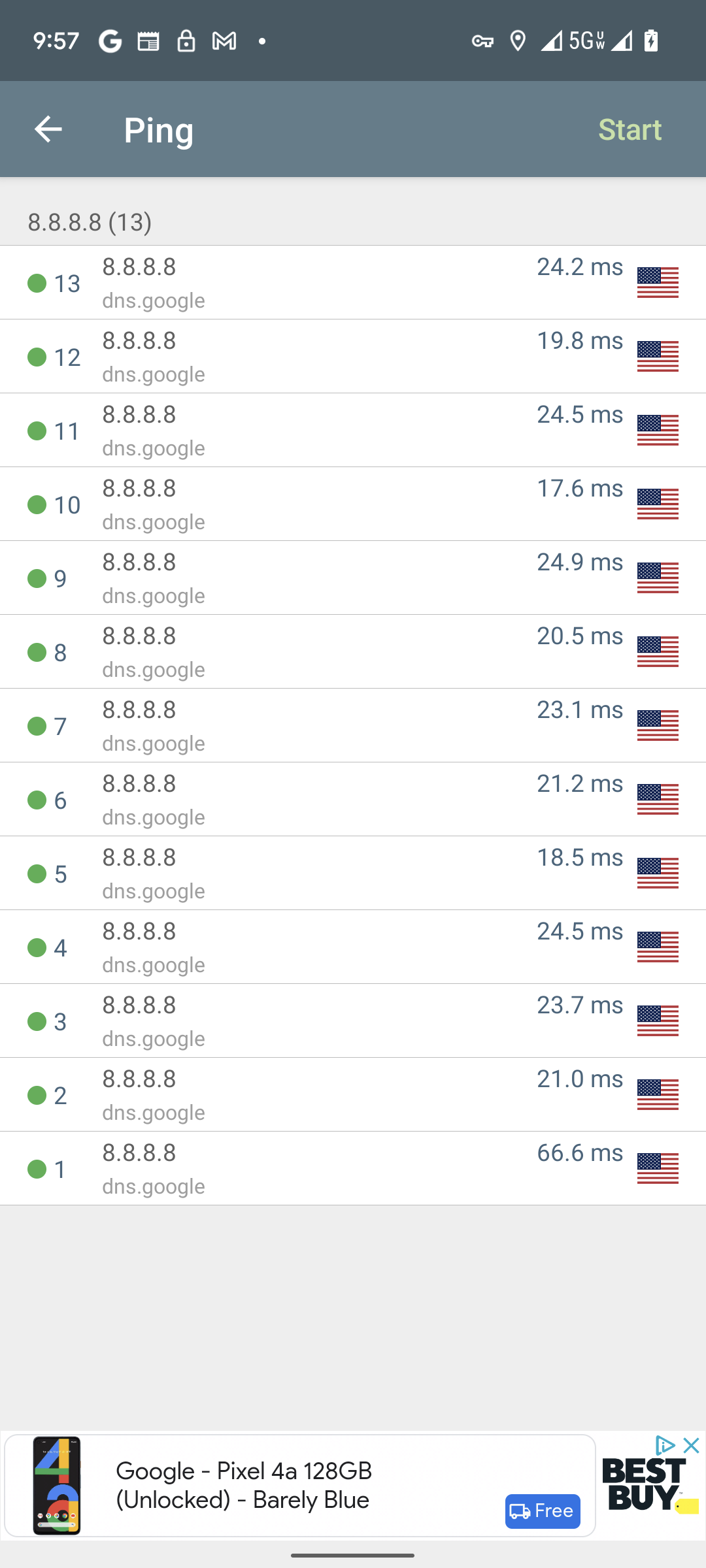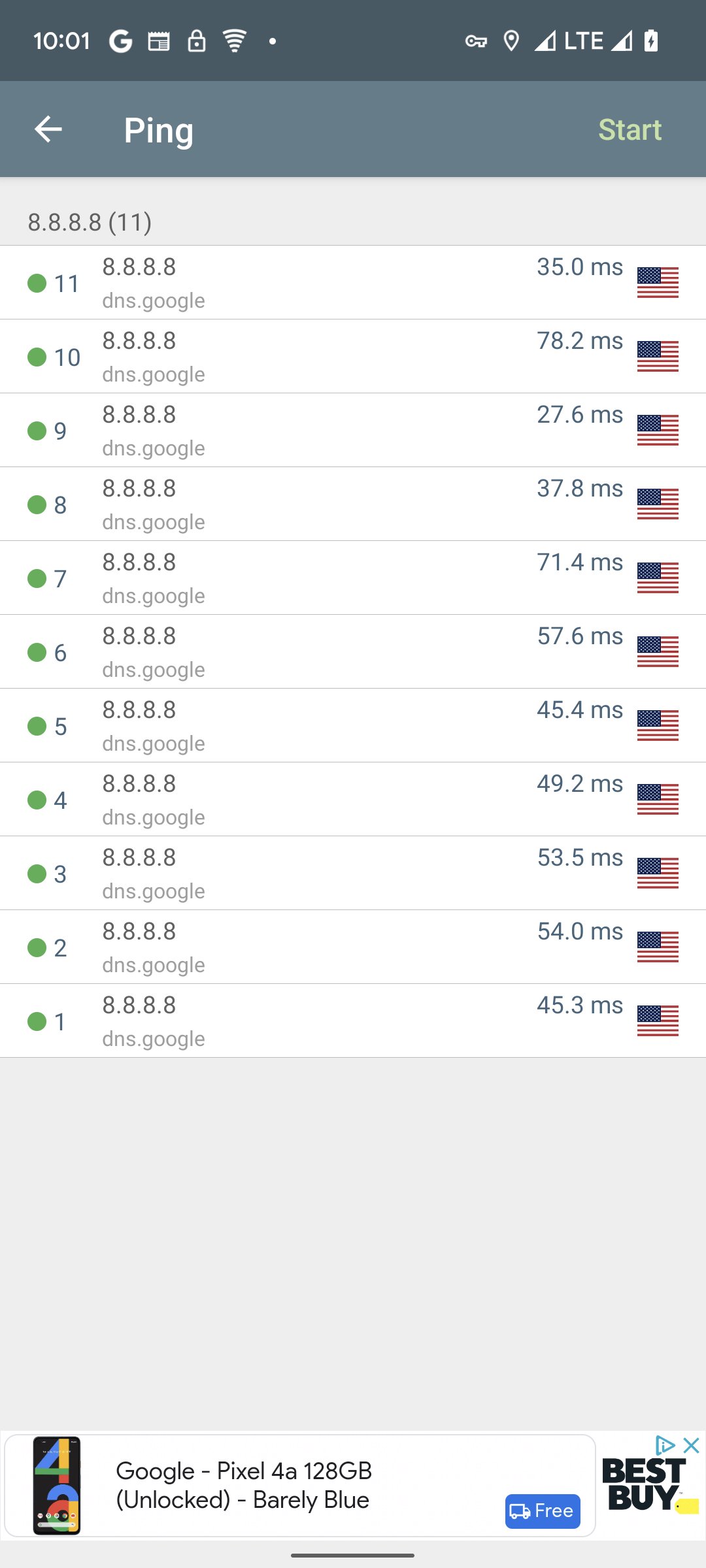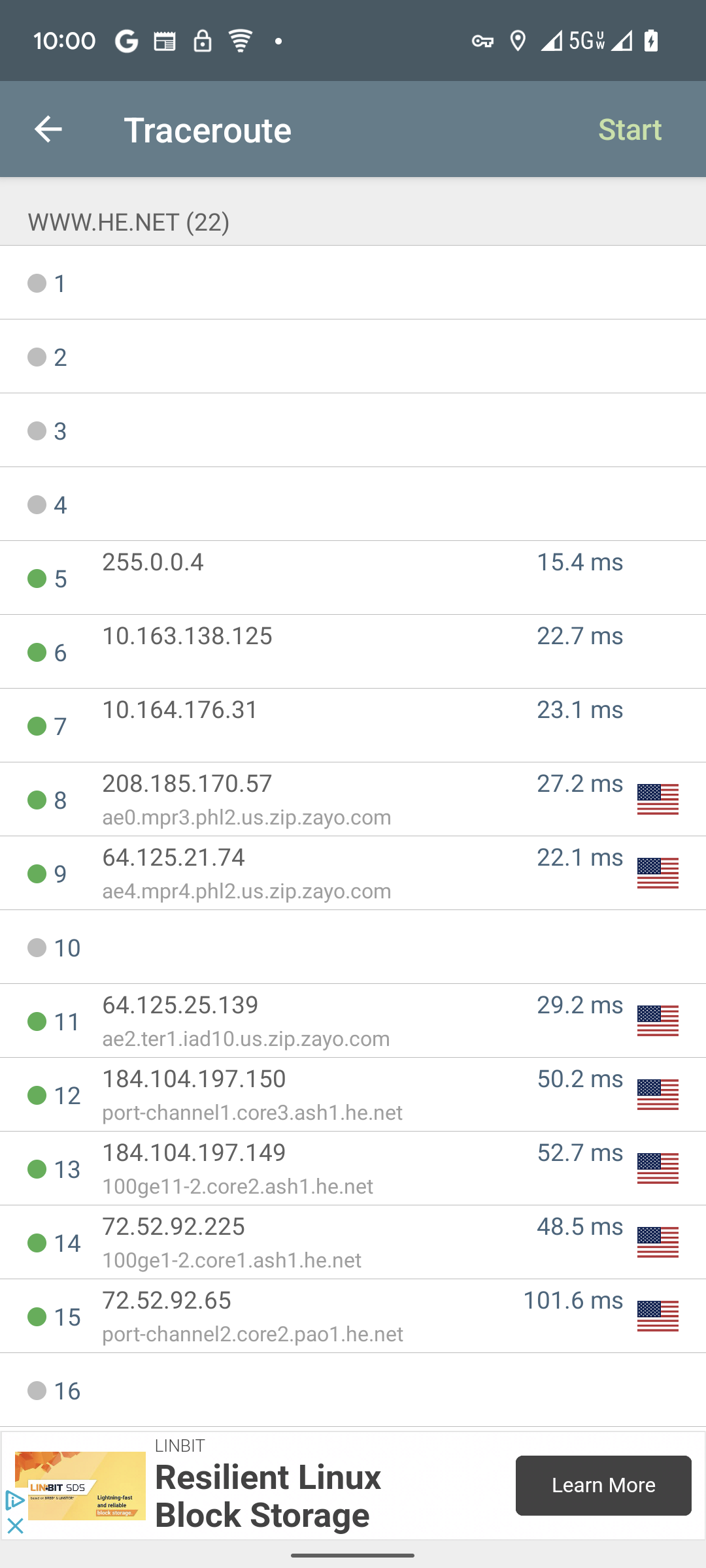T-Mobile 5G SA Versus LTE Connectivity
Based on some of the latest findings from my tests, I wanted to show some of the improvements I am starting to see with ping times and latency on T-Mobile's network when on the 5G SA (Standalone) UC (Ultra Capacity network) as compared to LTE. As I shown previously, the download speeds have been a lot better.
The big hype with 5G is the lower latency. This is what will enable a lot of cool things in the future. A quick search on Google shows a lot of possibilities. We've had some higher download speeds with 5G but it hasn't been till recently that I've started to see the lower latency and ping times.
One way lower-latency becomes available is by putting data closer to the end-user. I explained some of these concepts in my previous article. The title of that article is "It's Not All About Download Speeds." By this, I mean lower latency and faster loading of websites/videos is more important. Fast downloads (by themself) do not enable this better loading of sites and videos. A low-latency network is sometimes even more important for these functions to work properly (especially if realtime video streaming and gaming).
I will demonstrate this concept a little more. I used Netanalyzer on my Google Pixel 6 for these tests.
https://play.google.com/store/apps/details?id=net.techet.netanalyzerlite.an&hl=en_US&gl=US
T-Mobile 5G SA/Ultra Capacity (N41)
Ping times to Google nameservers
They use Anycast for this to find the closest location to end-user. Notice that most responses are around 20-25 milliseconds on average.

T-Mobile LTE
Ping times to Google's nameservers (same as previous test)
Notice the averages are considerably higher on average (around 45 milleseconds)

Traceroutes in both cases (5G and LTE) show that T-Mobile's network puts my traffic (terminates it) close to my home location (Philadelphia, PA). We see this around the 8th hop. The name of the router is called phl2.us.zayo.com. Internet providers have used airport codes for router names for a long time. IAD, ASH, PAO refer to Dulles, VA/Asburn, VA/Palo Alto, CA locations.
Having the connection terminate close to my home location is important. The traceroutes didn't show much difference in round-trip times for the test I did to Palo Alto, CA. I used Palo Alto, CA because it is across the country. This is because the rest of the Internet and physics cause a higher latency across the country.
This relates to another concept I would like to briefly mention. 5G core networks (or any network on the Internet) are still limited by the weakest link. Based on this example, once the network traffic leaves T-Mobile's network, the latency may be limited if there are higher latency hops elsewhere. In this example, the server I am trying to reach is in California (across the country) and is around 100 milliseconds away. This situation wouldn't be ideal if someone needed a low-latency connection (like playing online games). We would want to use a gaming server with faster ping times and/or closer to the user.
